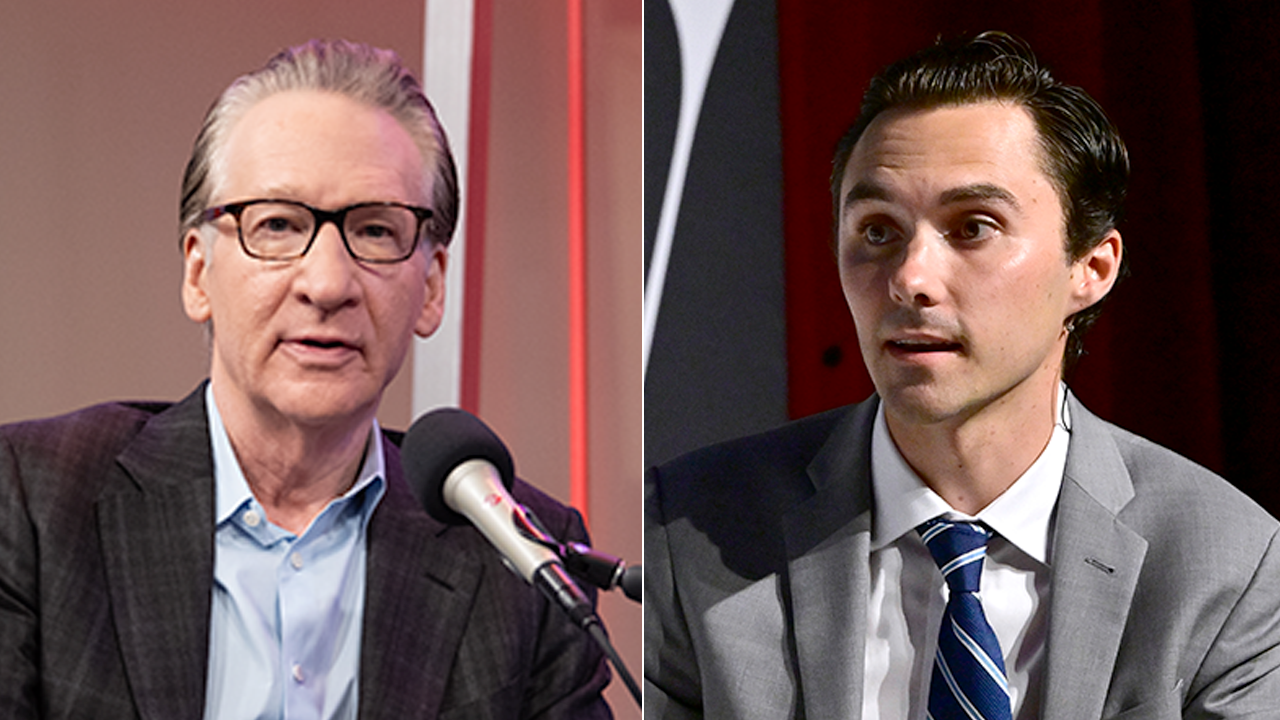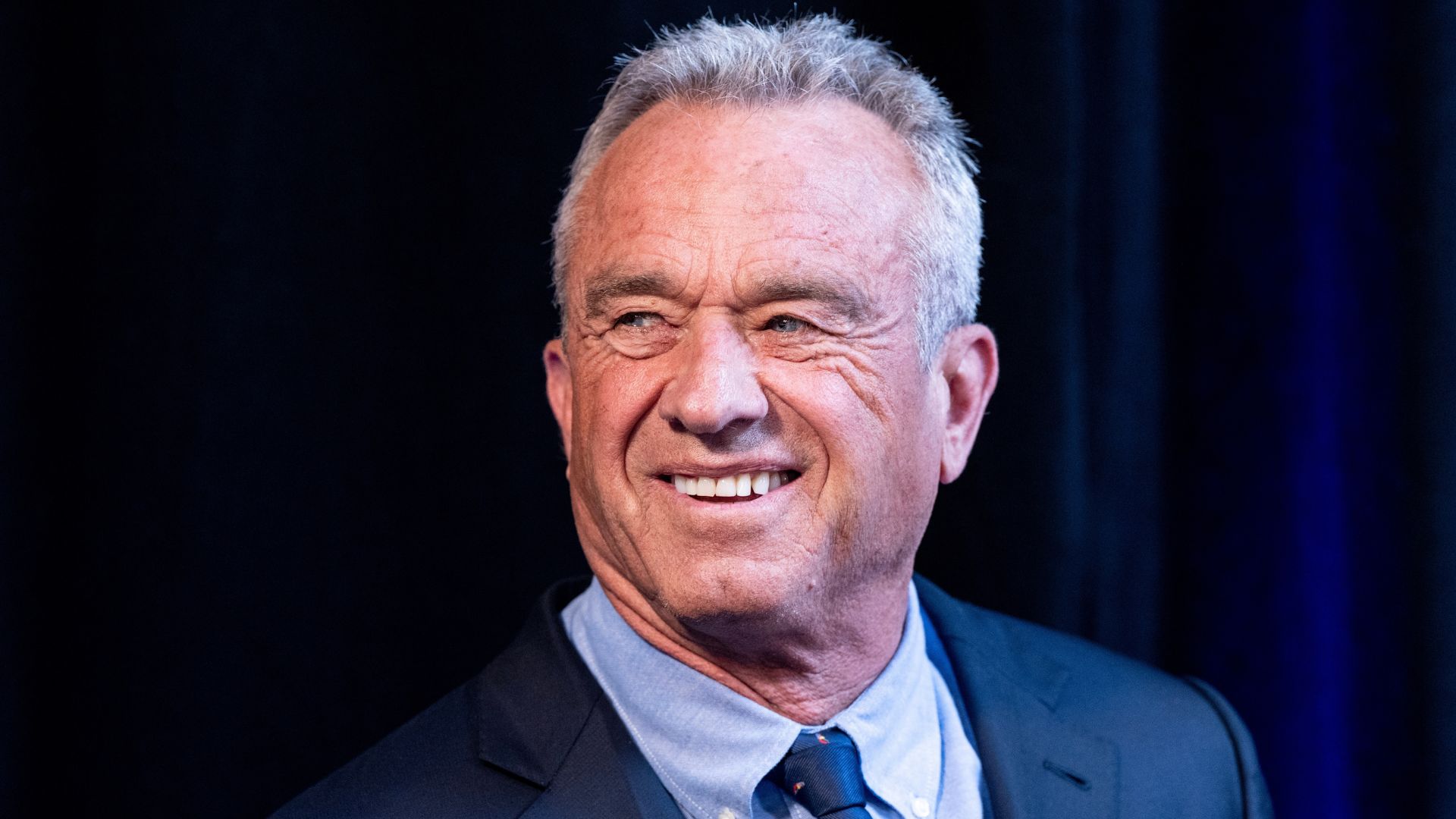Should America’s trading partners take Donald Trump literally? Seriously? Or both?
Trump made no bones about his love of tariff power during the campaign when it comes to defending America’s interests — even when it might cost the US in the short run. He also explained that his main purpose in applying tariffs would be to get producers to relocate to the US and create jobs, especially in the manufacturing sector. And on occasion, Trump declared his intent to renegotiate his own shining trade achievement — the US-Mexico-Canada Agreement or USMCA.
With all that in mind, our partners and competitors will need a jump start to deal with the new era of Trump II: Tariff Boogaloo. Yesterday, Trump declared his intention to apply significant new tariffs on Mexico, Canada, and China, albeit for varying reasons:
Zoom out: In a series of posts, Trump said the new tariffs were tied directly to stopping the flows of drugs and migrants.
- A tariff of 25% on all goods coming from Canada and Mexico would take effect on Jan. 20, he said.
- Imports from China would face a 10% tariff “above any additional Tariffs,” he wrote. He had previously spoken of a 60% tariff on Chinese goods.
Taking this literally, it means that Trump doesn’t fear a trade war as much as he fears falling short on his other priorities. He needs to put pressure on Mexico to reverse Joe Biden’s policies on border security and asylum-request processing, and Trump wants Mexico to stop migrant waves from reaching the border in the first place. Trump used tariffs to great effect in his first term as a stick to force Mexico to deal with the migrants rather than the US. To a lesser extent, that same concern applies to Canada, although those proposed tariffs may be more aimed at renegotiation of the USMCA.
The border crisis and utter chaos on immigration policy largely drove voters back to Trump. That also includes the fentanyl plague that has run ferociously through the rural and working-class communities of America, and China is one of the chief suppliers of its precursors. The border crisis has made trafficking even worse, but Trump wants leverage to deal with that as a separate issue as well. The best leverage Trump has at hand is trade policy and the power of the American consumer market.
Interestingly, Mexico and Canada took two different approaches to the tariff threats. Mexico hinted at retaliation, while Canada agreed that Mexico is a real problem:
Arturo Sarukhan, a former Mexican diplomat said the decision would violate the revised free trade pact between the United States, Canada and Mexico, known as the USMCA, and said the new tariffs would “put North American relations in a downward spiral” in a post on X. Trump himself signed the deal into law during his first administration.
Canadian officials in recent weeks have taken pains to present themselves as on the same page as the president-elect when it comes to Mexico’s supposed role as a conduit for China. Mexican President Claudia Sheinbaum played down concerns in public comments recounting her meeting with the Canadian Prime Minister Justin Trudeau last week.
What do they both have in common? They’re taking Trump seriously, at least, if not literally as well. Both countries have accelerated their diplomacy with the incoming administration as a result, which is what Trump clearly wanted. The Wall Street Journal also takes Trump seriously in his pursuit of tariffs to achieve his priorities, and leaves open the possibility of taking him literally as well:
Donald Trump’s new tariff pledges send a clear signal that he wants to rewrite the terms of North America’s free-trade pact and follow through with plans to hit China with tariffs, demonstrating to allies and adversaries alike that he is serious about renewing confrontation over a global trading system that he believes costs the U.S. dearly. …
The major question is whether the threats are a negotiating ploy to wring concessions on trade and other policy priorities from U.S. trading partners, or the start of a sustained campaign to reshape global trade and the American economy.
The answer is pretty clearly yes. Is it a negotiating ploy? Of course. Does Trump actually want tariffs and the costs they add to goods? Perhaps not, but he also wants more production inside the US, too. And while the added costs to some goods may do some political damage, what Trump wants most is a restoral of America’s borders, which is the biggest domestic crisis he faces — and he wants to stop both partners and opponents from taking advantage of the US in its trade and in its crises.
What seems most interesting is the timing. One could argue that Trump is bumping up against the Logan Act (which is a joke anyway) by conducting foreign policy before assuming office. There’s always some of that in transitions anyway, but this is pretty overt, and it’s getting emergency engagement from the countries involved. In contrast, Trump’s involvement in the Middle East and Ukraine is still fairly sotto voce, keeping Joe Biden nominally in charge. Trump may want the ramp-up time to get most of the necessary negotiations he wants in the tariff fights accomplished before he assumes office, or shortly enough thereafter to claim an early win or two on trade and border agreements.
That means the answer to the first question — take Trump seriously or literally — is also yes. And both Canada and Mexico know it.
🚨 NEW: 12 hour aftermath of Trump threatening 25% tariffs on Canada and Mexico
– Canada PM Justin Trudeau calls Trump to discuss border security
– Mexican president announces migrant caravans will be halted— Eric Daugherty (@EricLDaugh) November 26, 2024
NEW: MX President Claudia Sheinbaum scrambles to get in line after Trump vowed to slap 25% tariffs on Mexico, says she has always shown willingness to help fight the fentanyl epidemic.
It’s remarkable how quickly they get in line.
During a press conference, Sheinbaum said she… pic.twitter.com/eWRcX4AXPA
— Collin Rugg (@CollinRugg) November 26, 2024
What about China? John has more on that in our next post.
Read the full article here




![NATO Officials Tell Europe To Prepare For War With Russia, Troop Deployment Considered [WATCH] NATO Officials Tell Europe To Prepare For War With Russia, Troop Deployment Considered [WATCH]](https://www.lifezette.com/wp-content/uploads/2024/11/2024.11.26-02.09-lifezette-6745d6b0c1d0e.jpg)
![FEMA Chief Fired After Opposing Trump’s Call to Scrap the Agency [WATCH] FEMA Chief Fired After Opposing Trump’s Call to Scrap the Agency [WATCH]](https://www.lifezette.com/wp-content/uploads/2024/11/2024.11.12-08.34-lifezette-6733bbbdab188.jpg)




